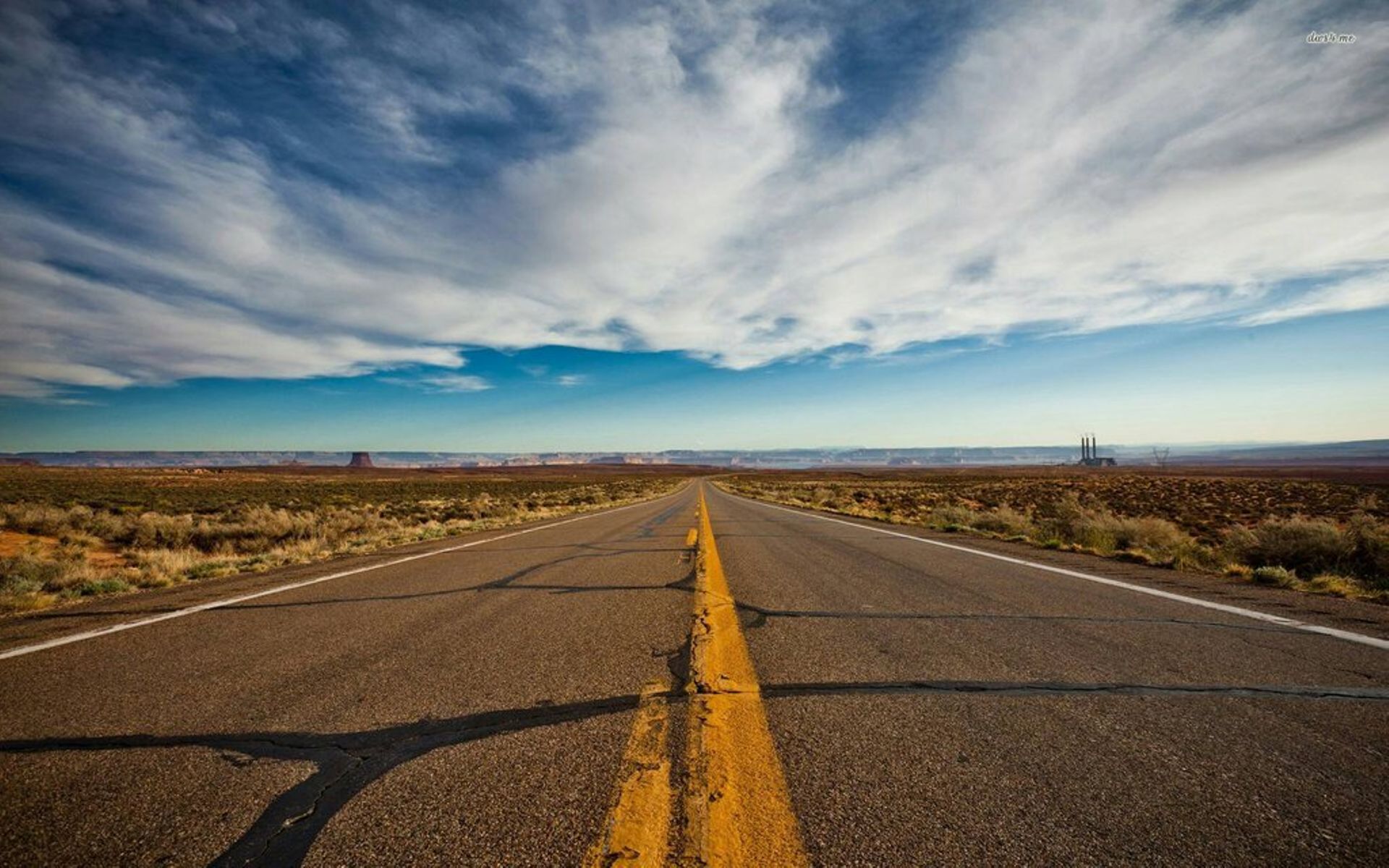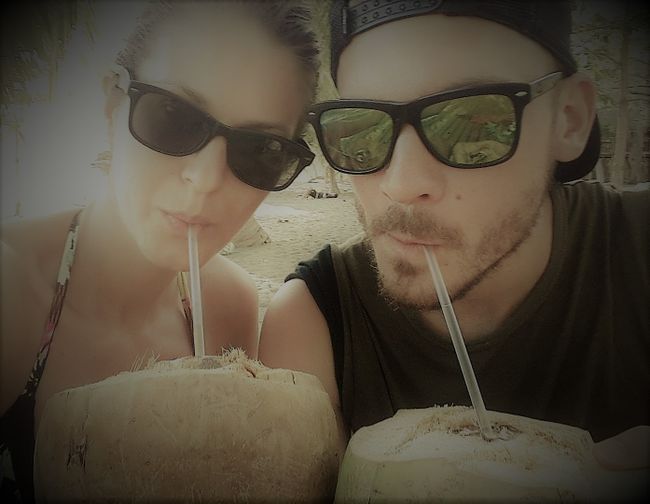The city of eternal spring! - Medellin
Yayınlanan: 21.02.2018
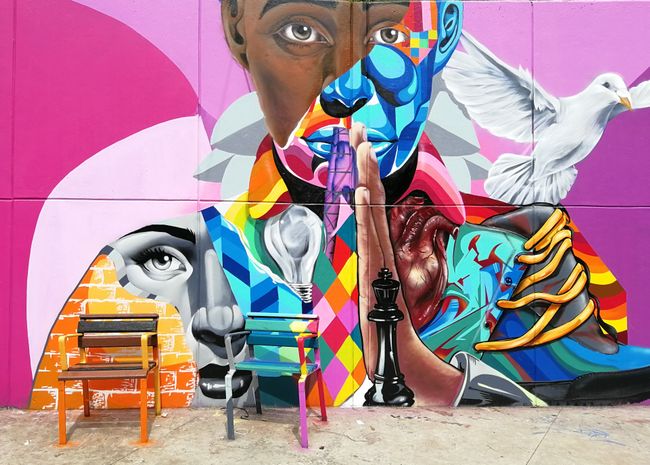
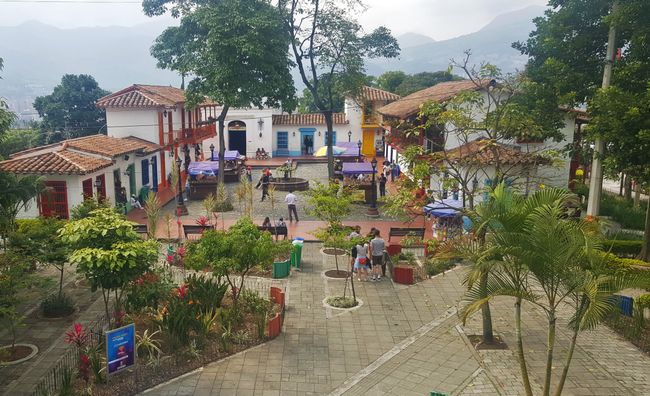
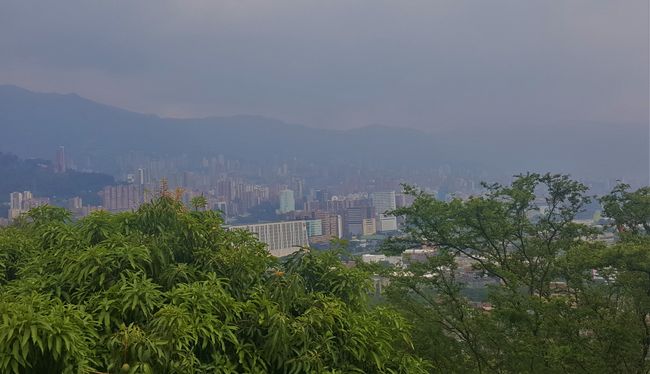
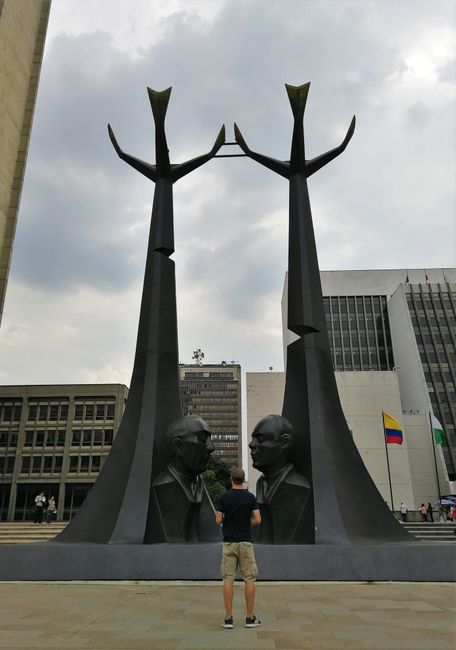
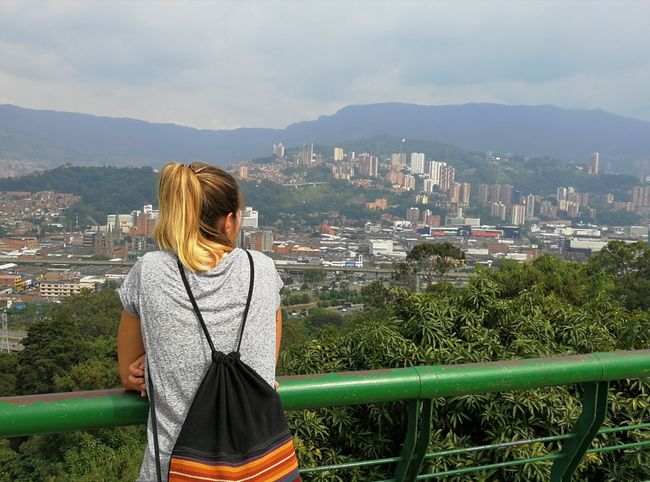
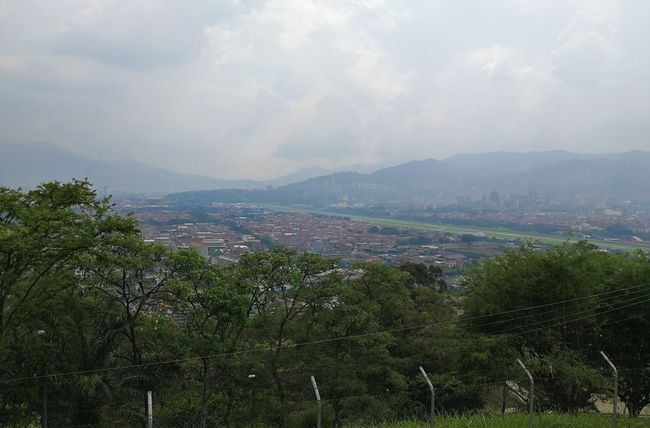
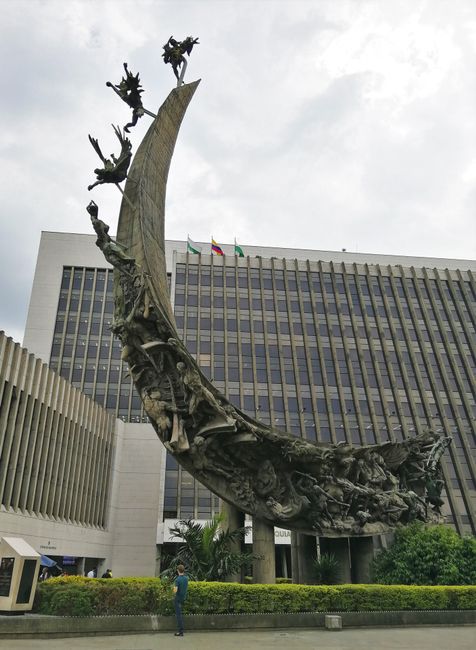
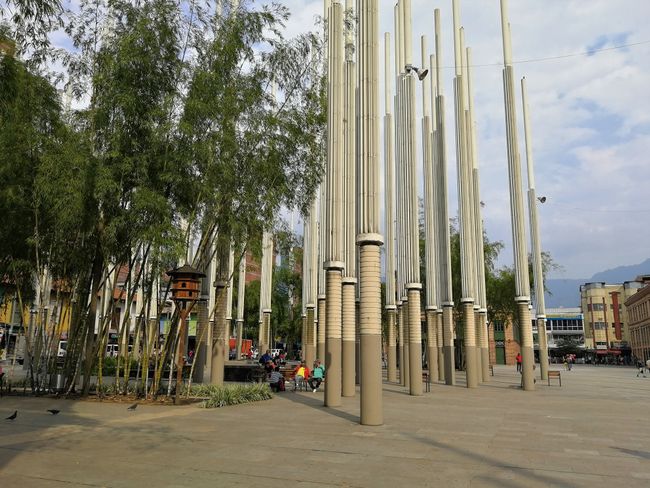
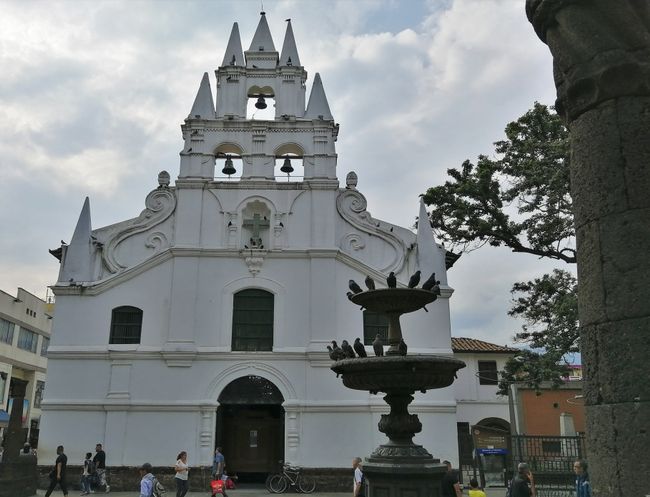
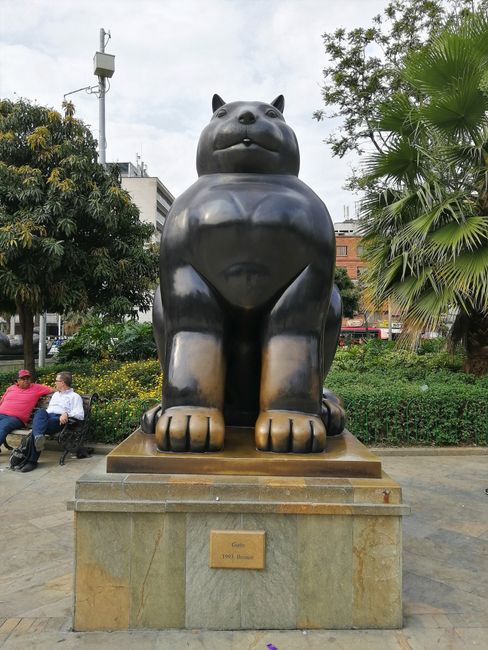
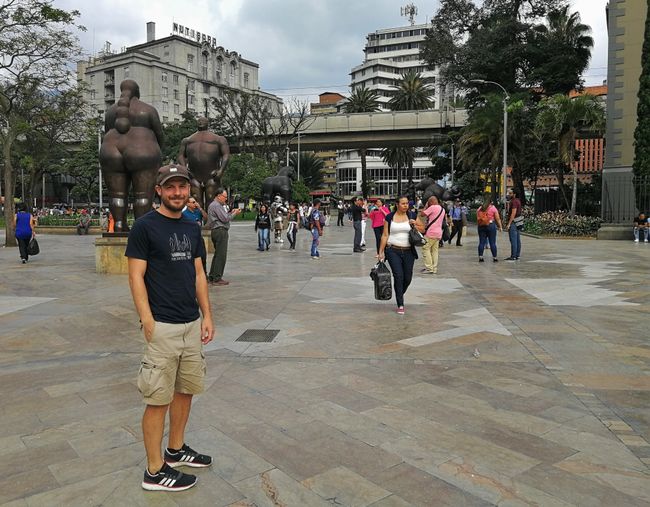
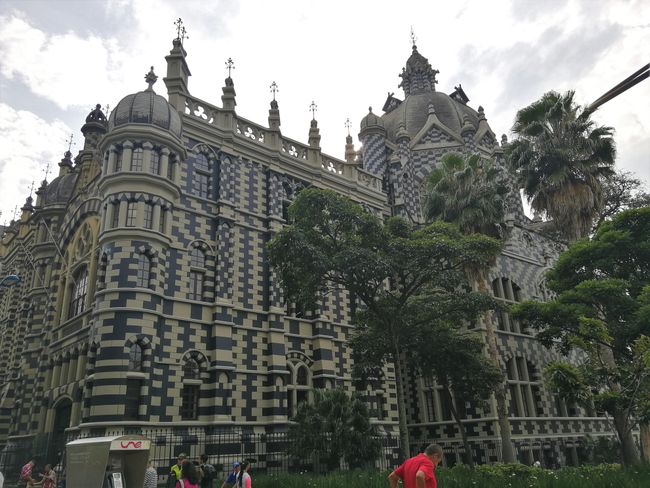
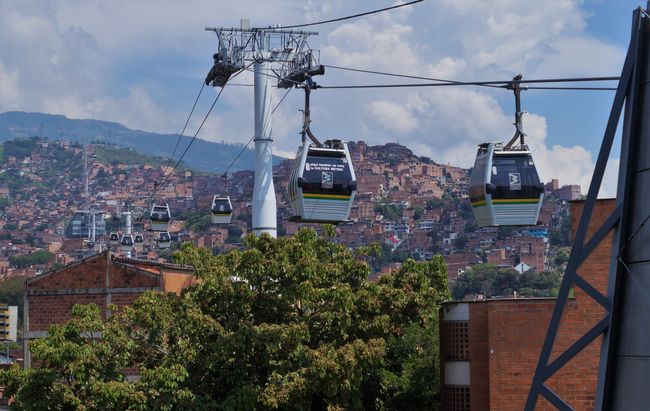
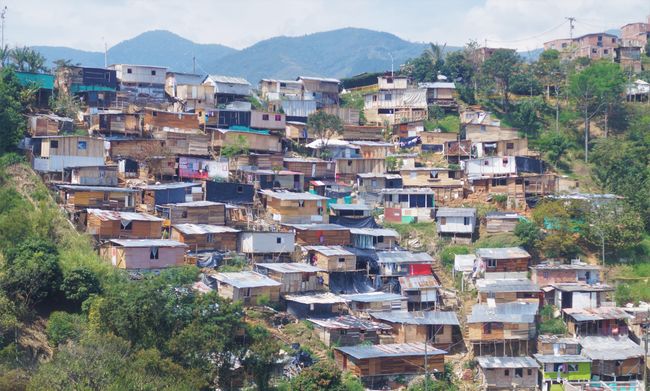
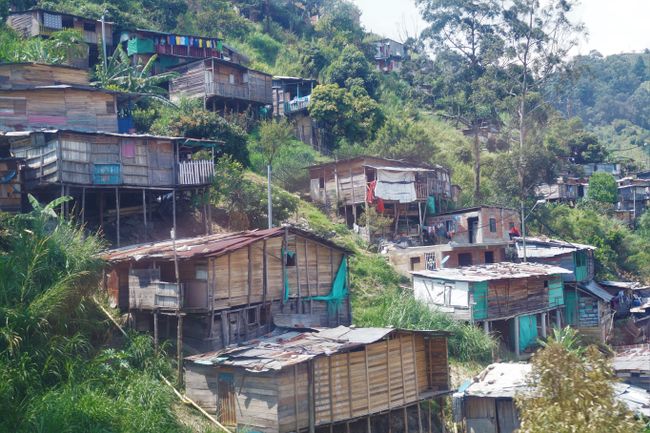
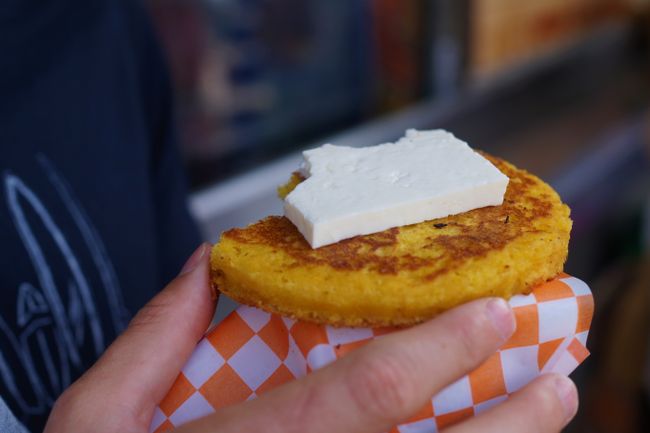
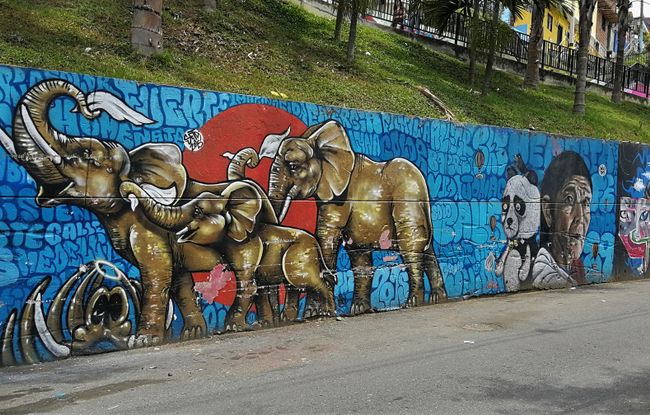
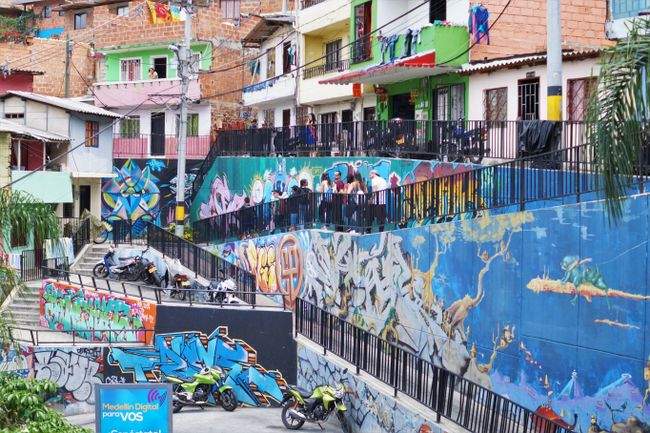
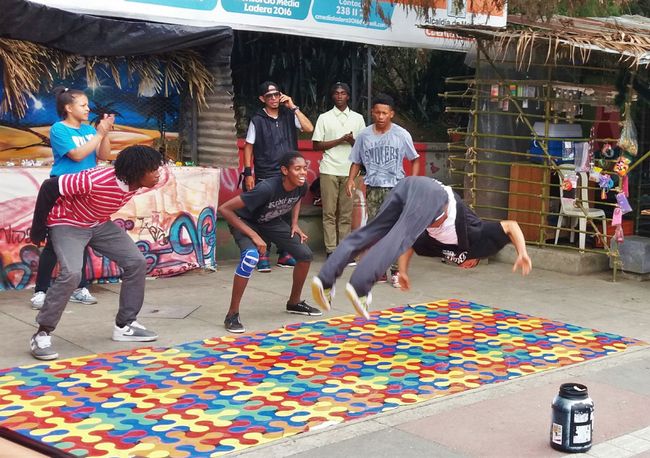
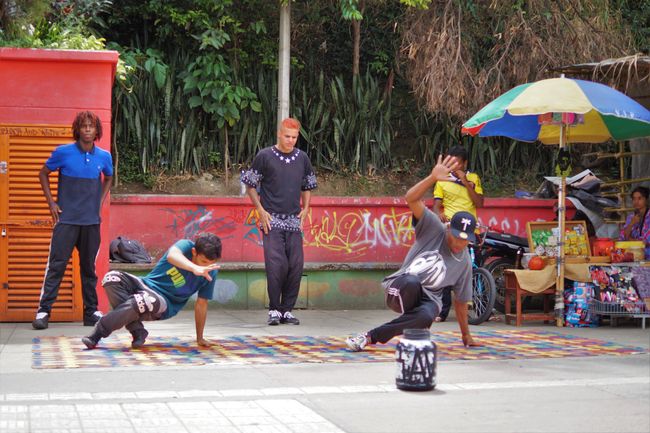
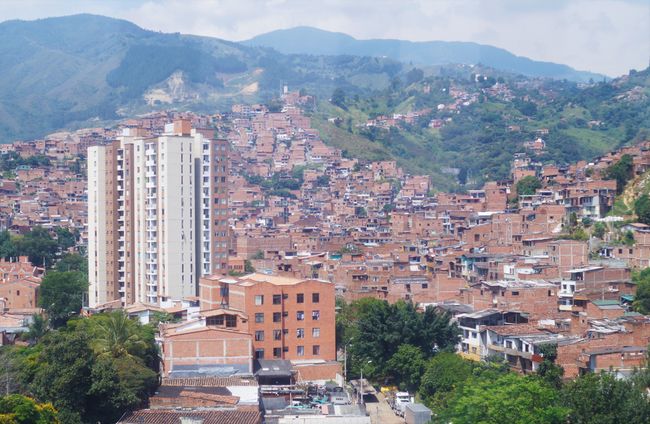
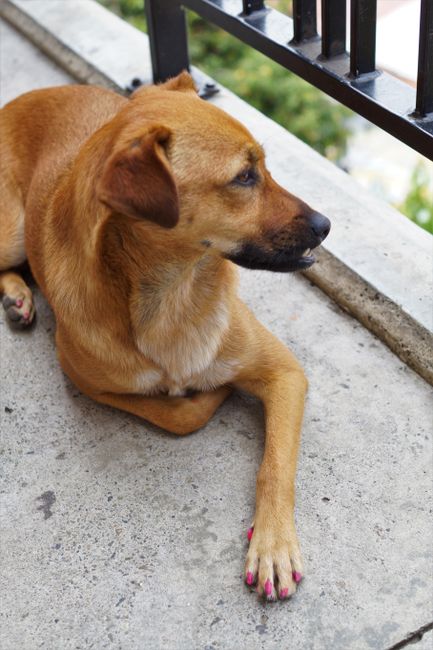
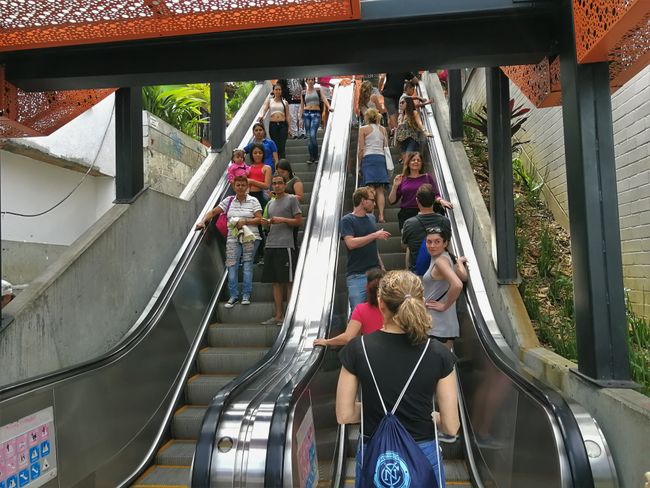
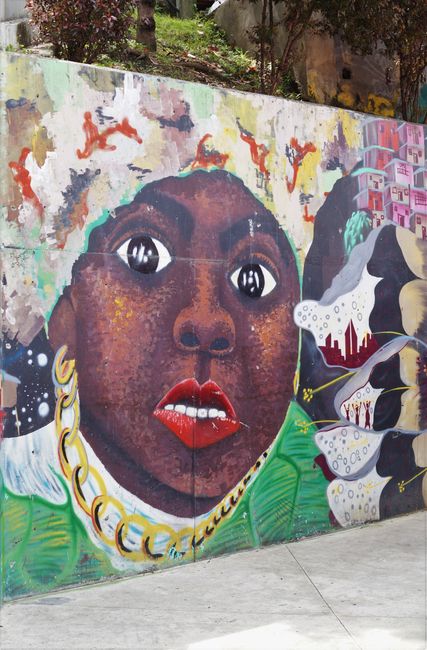
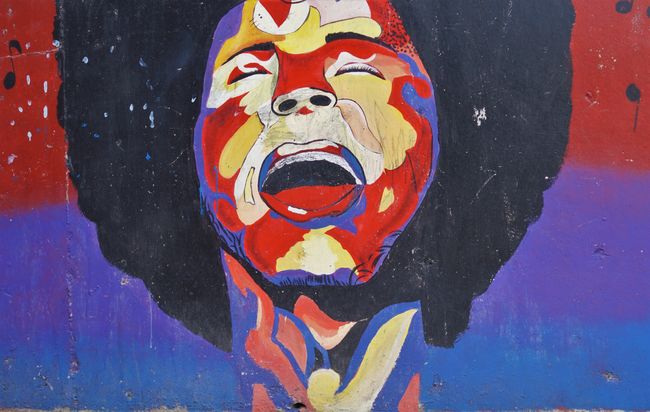
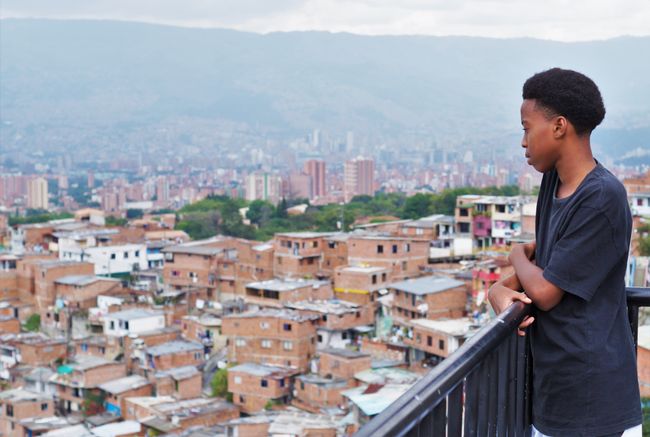
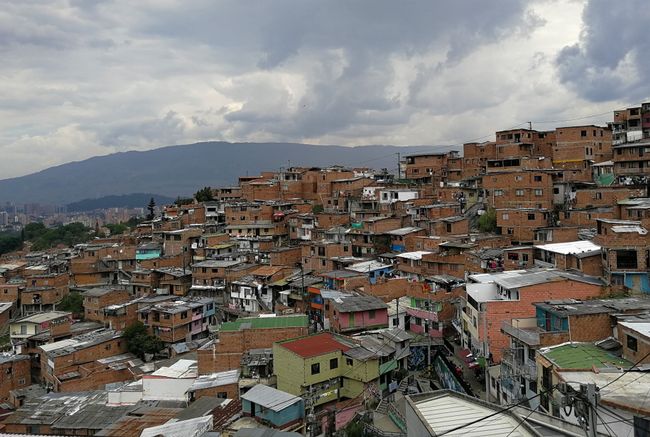
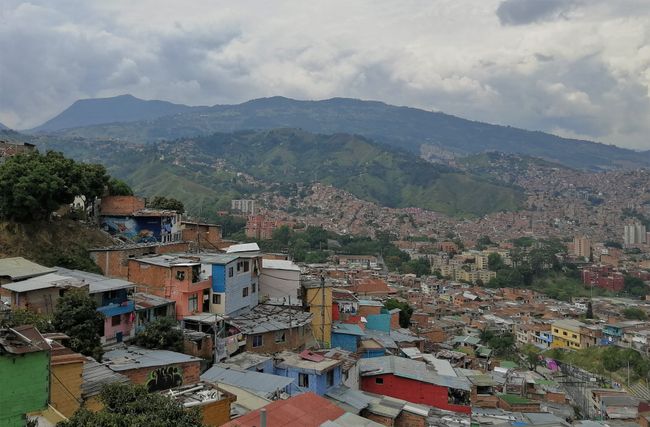
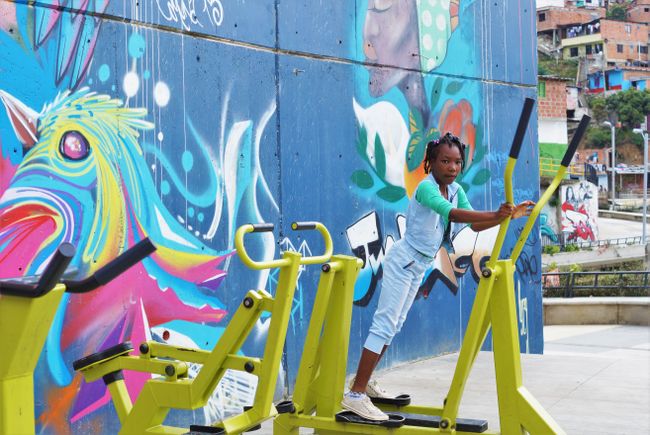
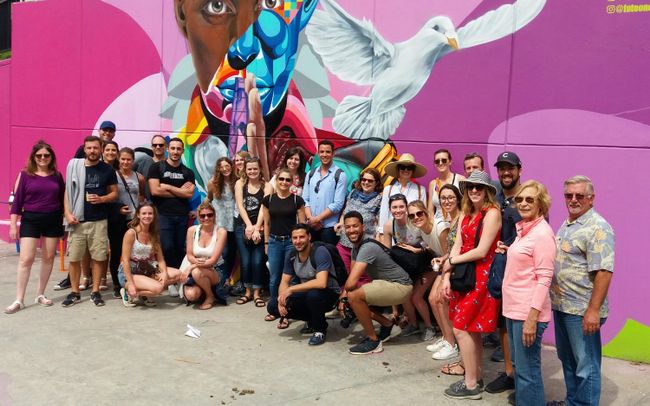
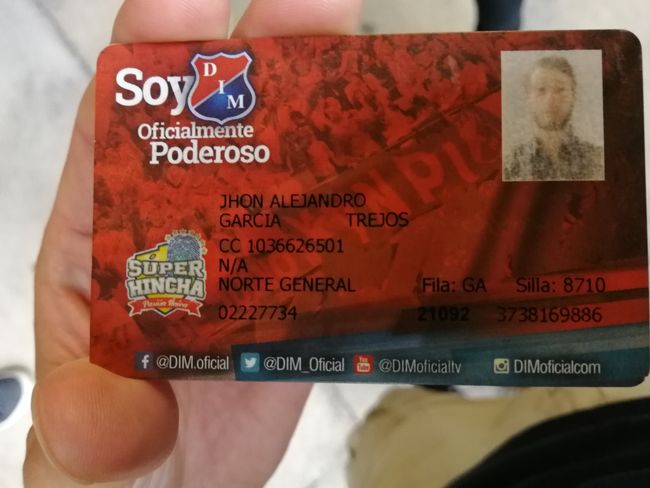
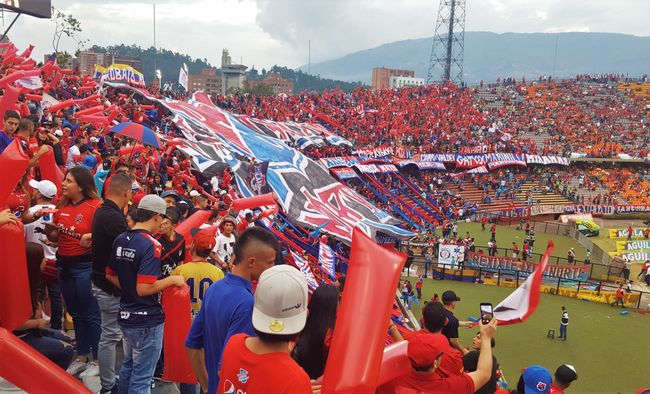
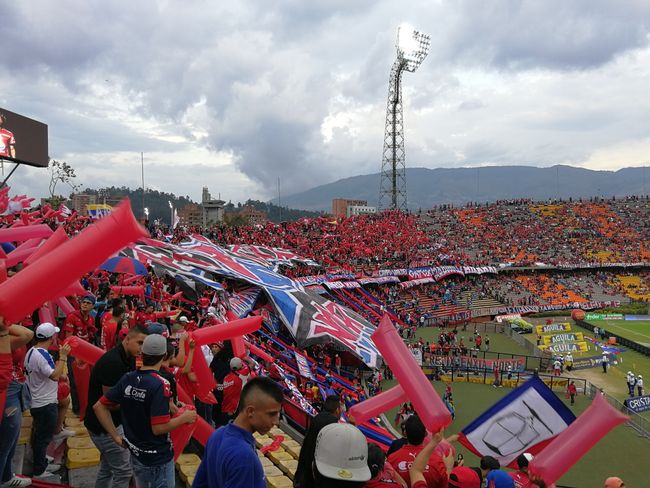
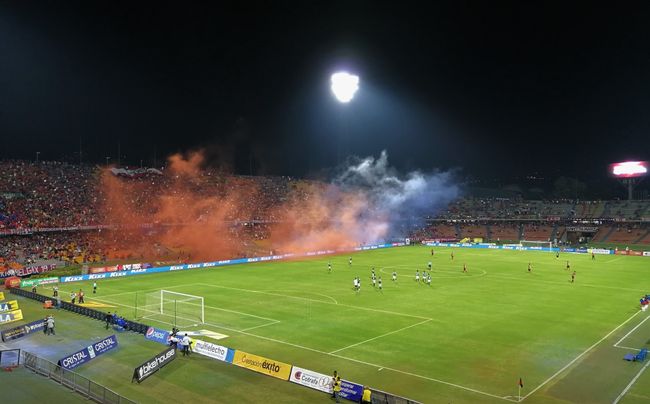
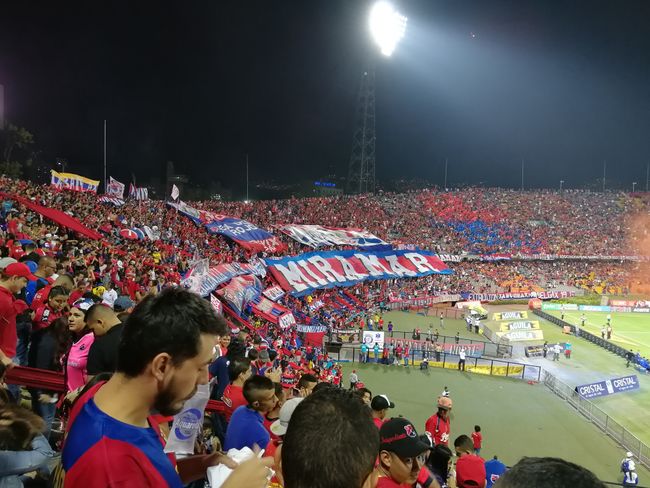
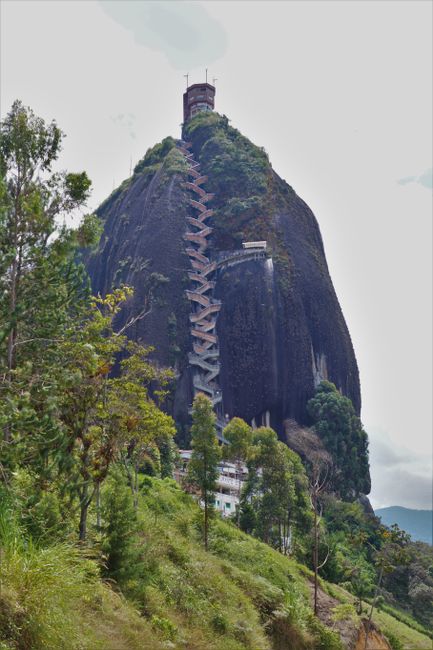
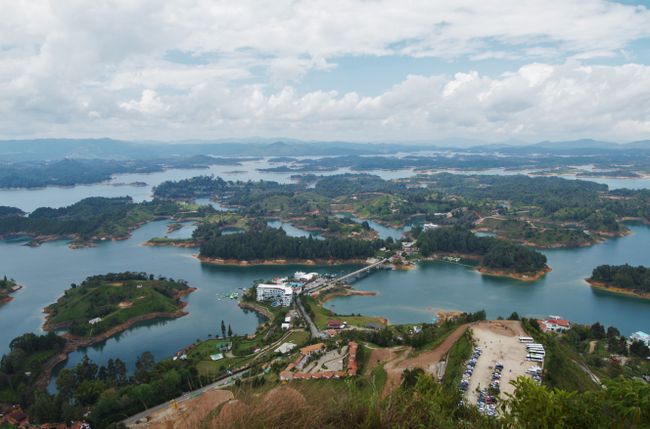
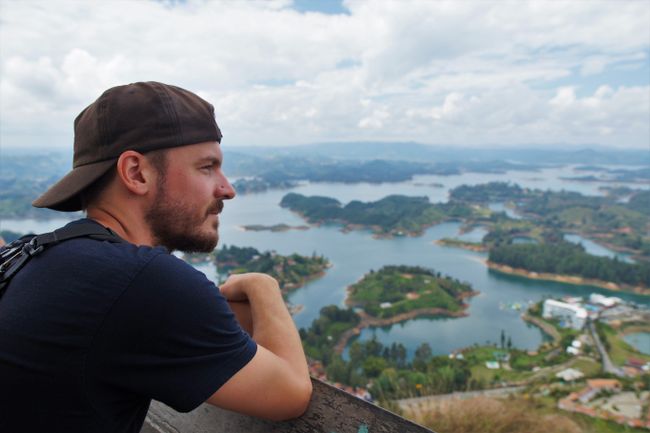
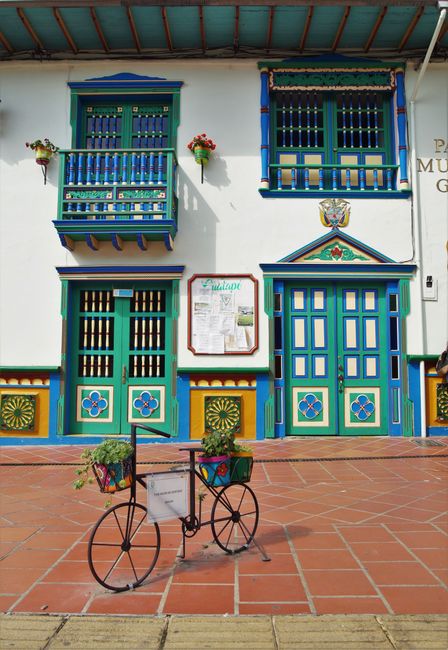
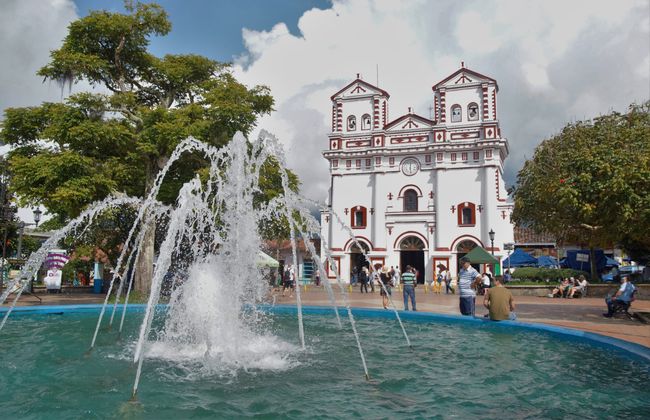
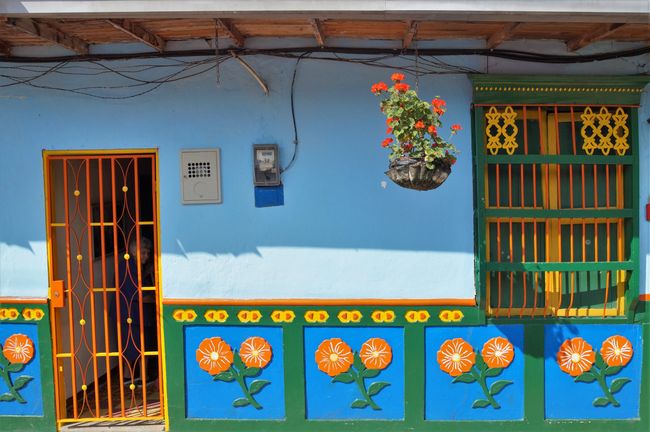
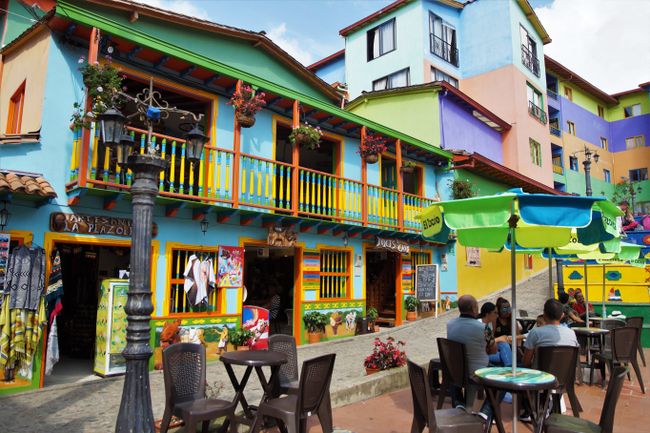
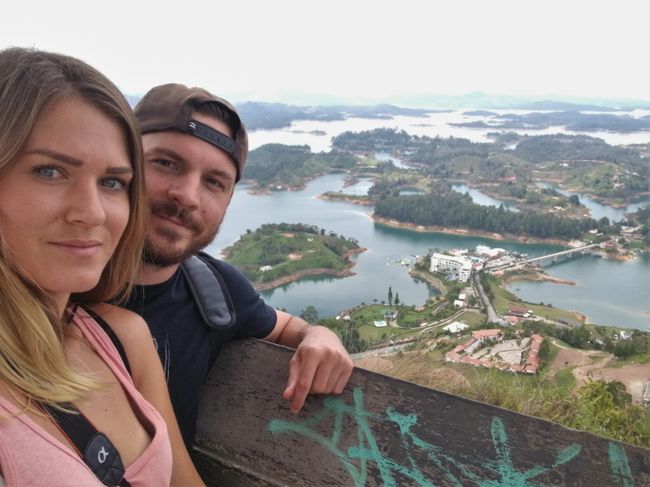
Haberlere kayıt ol
15/02 - 19/02
In the 90s, bombings, kidnappings, and murders ordered by drug cartels were a daily occurrence in Medellin. This earned the city the infamous title of 'Most Dangerous City in the World'. Ironically, it is this reputation from the past that now attracts tourists to the city. Additionally, the legend of Pablo Escobar has now reached the entertainment media like Netflix, which has further put the city in the spotlight. Curiosity drove us to Medellin to see how a city with such a reputation could transform into one of the most innovative cities in the world.
The journey to Medellin was quite arduous: we needed a total of five different modes of transportation before we could check into our hostel. First, we had to ride the steep section from the Eco Lodge back to Minca on a motorcycle, then a colectivo took us to the outskirts of Santa Marta. There, we switched to a taxi that took us to the airport. The Santa Marta airport is right by the sea, and you can actually walk across the street and lie on the beach. After a one-hour flight, we arrived in Medellin and took one last taxi for the 45-minute ride to our hostel in the 'El Poblado' neighborhood.
For Emi, the whole journey was even more exhausting as she was still suffering from stomach problems and had hardly slept for an hour the whole night. When we arrived in our room, she immediately fell into bed.
Meanwhile, I ventured out alone to explore our neighborhood. We were positively surprised already during the taxi ride to the city. We have seen quite a few cities in South America by now, and one inevitably paints a certain picture of the once most dangerous city in the world. This definitely did not include clean streets without potholes or well-maintained green spaces. Our neighborhood was characterized by numerous hip restaurants, bars, cafes, and fancy boutiques. Small parks rounded off the cityscape very pleasantly. There was no sign of a dangerous city anywhere. El Poblado could just as well be in a modern Western European metropolis. After Emi was knocked out, I treated myself to a delicious dinner and went to the pub around the corner for some refreshing drinks and football.
The next day, Emi slowly started to regain her strength, so we could make a plan for the next few days. We originally wanted to do a free walking tour of the city center, but it was fully booked. So, we put together our own route: Our tour started with a short walk to the viewpoint 'Pueblito Paisa' on the 'Nutibara' hill. From there, you could see a large part of the 3-million metropolis. You could also watch the small planes taking off and landing at the domestic airport located in the middle of the city. The cityscape reminded us a bit of La Paz - a sea of red brick buildings that spread out over the numerous hills. Unfortunately, the view was obscured by smog.
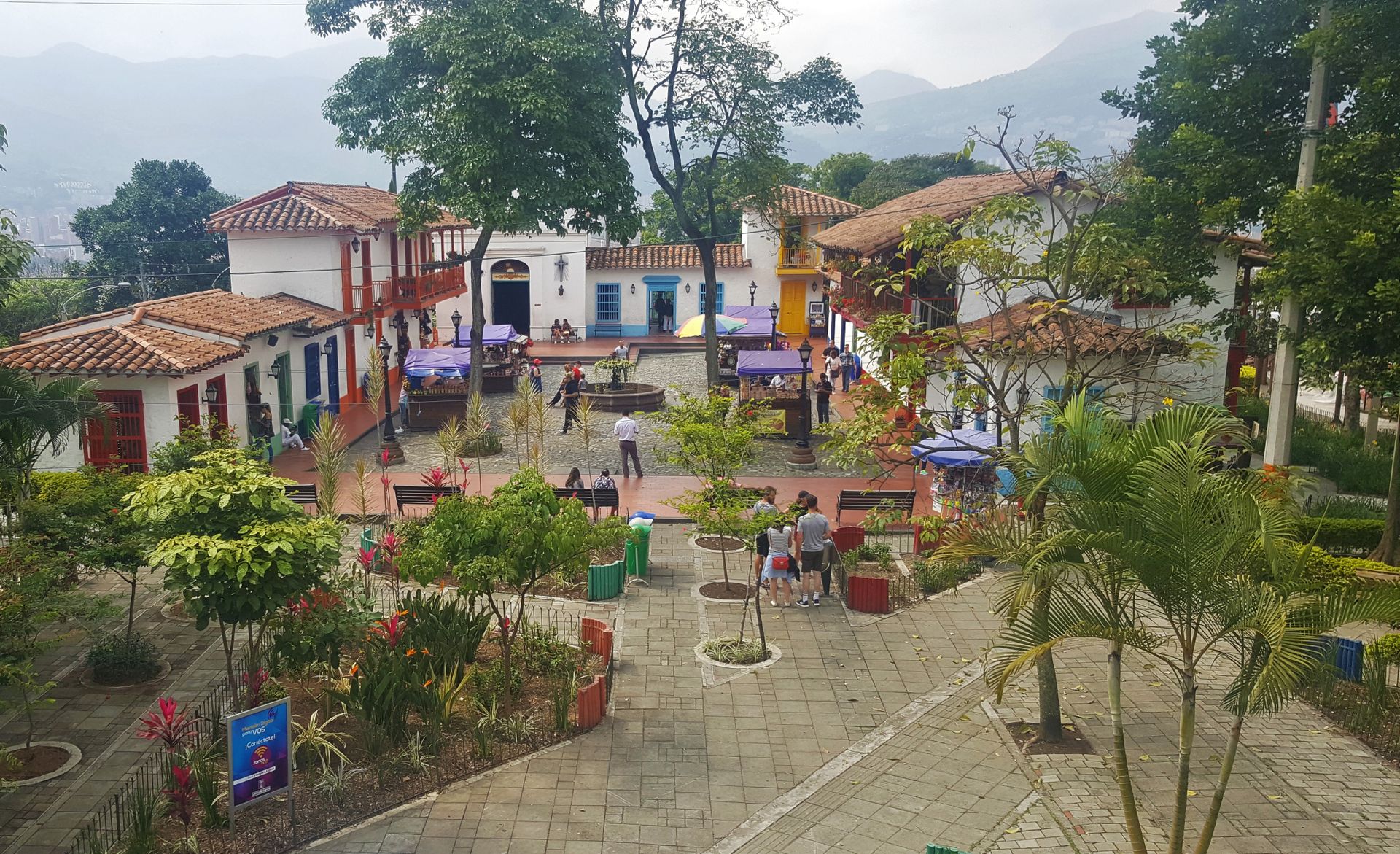

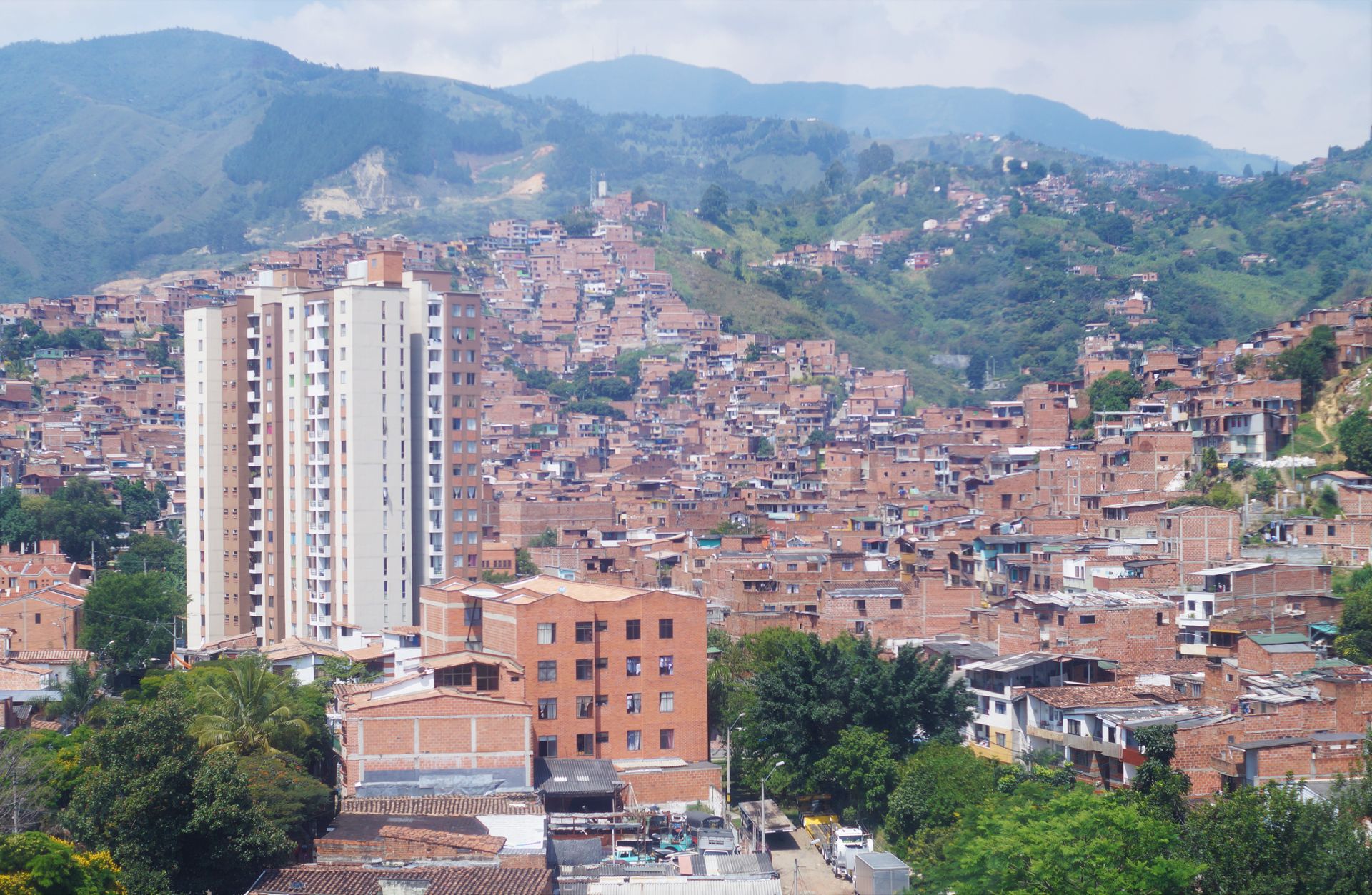
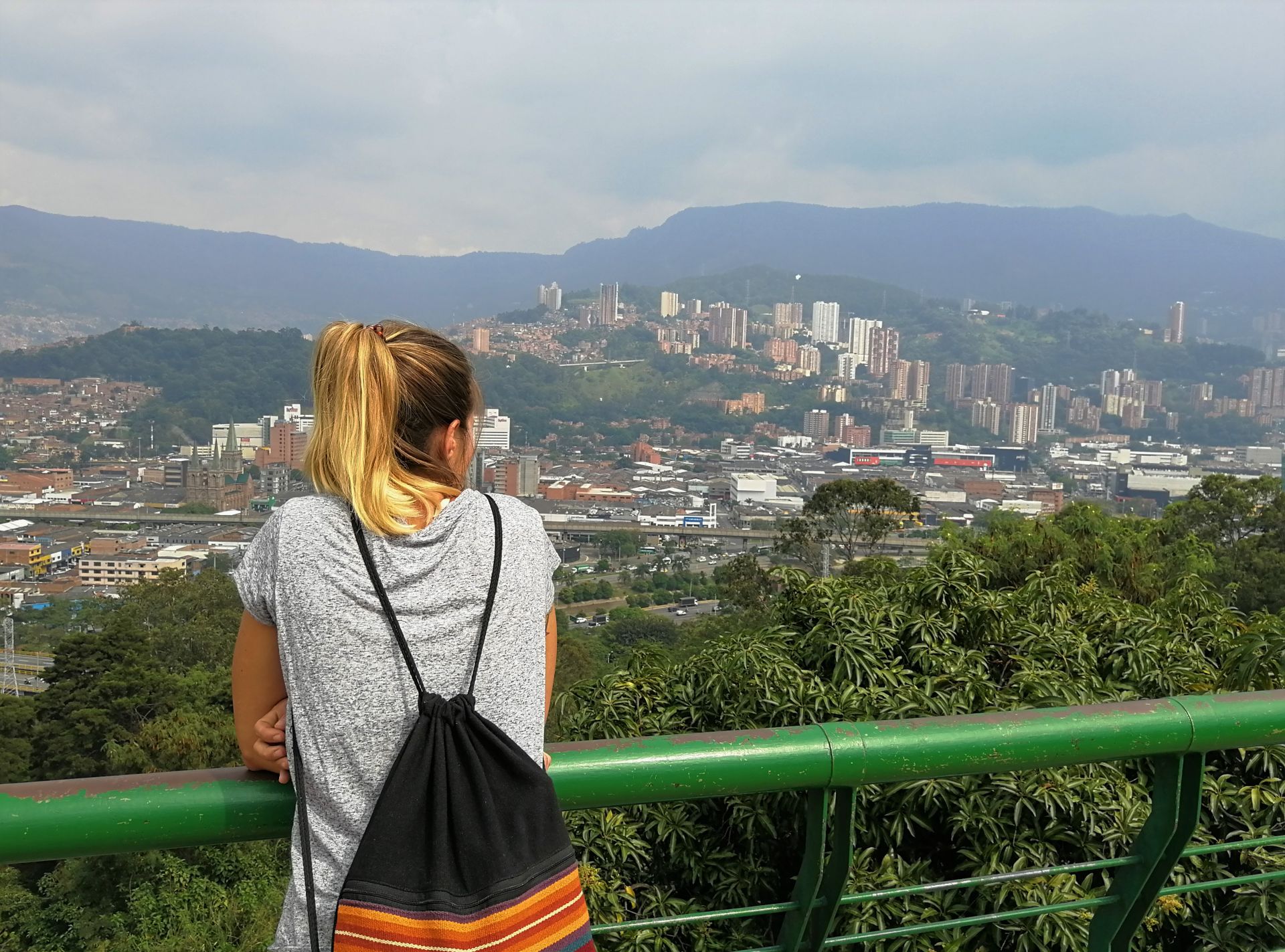

Then we went to the city center to see the most important buildings. Architecturally speaking, the downtown area doesn't offer much - most of the buildings are solid concrete structures that rise in different shades of gray. We strolled along the busy shopping street where you can buy all sorts of things, until we arrived at 'Plaza Botero'. There, a variety of chubby sculptures by the artist of the same name and the beautiful cultural center 'Palacio de la Cultura Rafael Uribe' are located. From there, we went back to the hostel, as Emi's energy reserves were not enough for more activities that day.
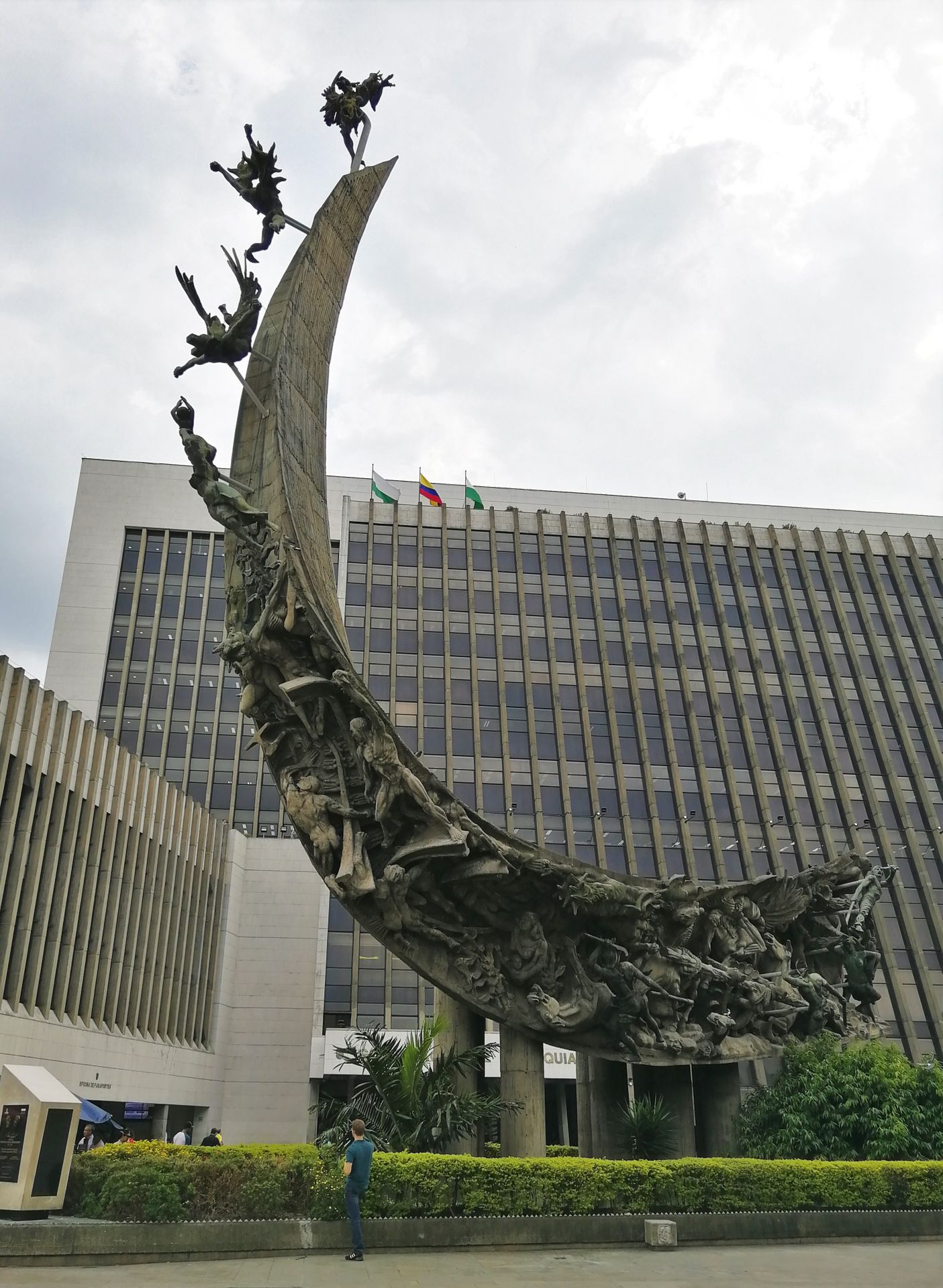
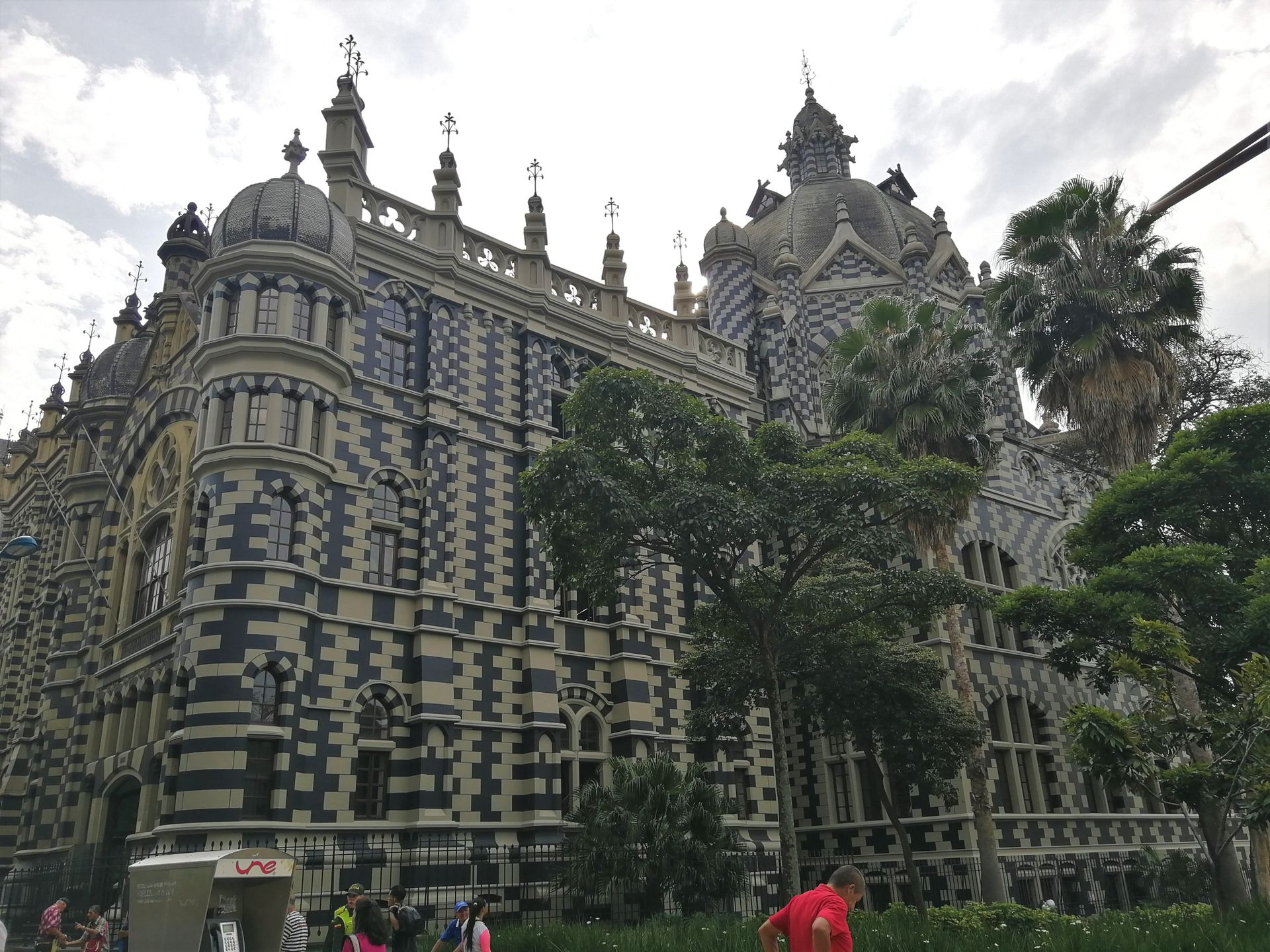

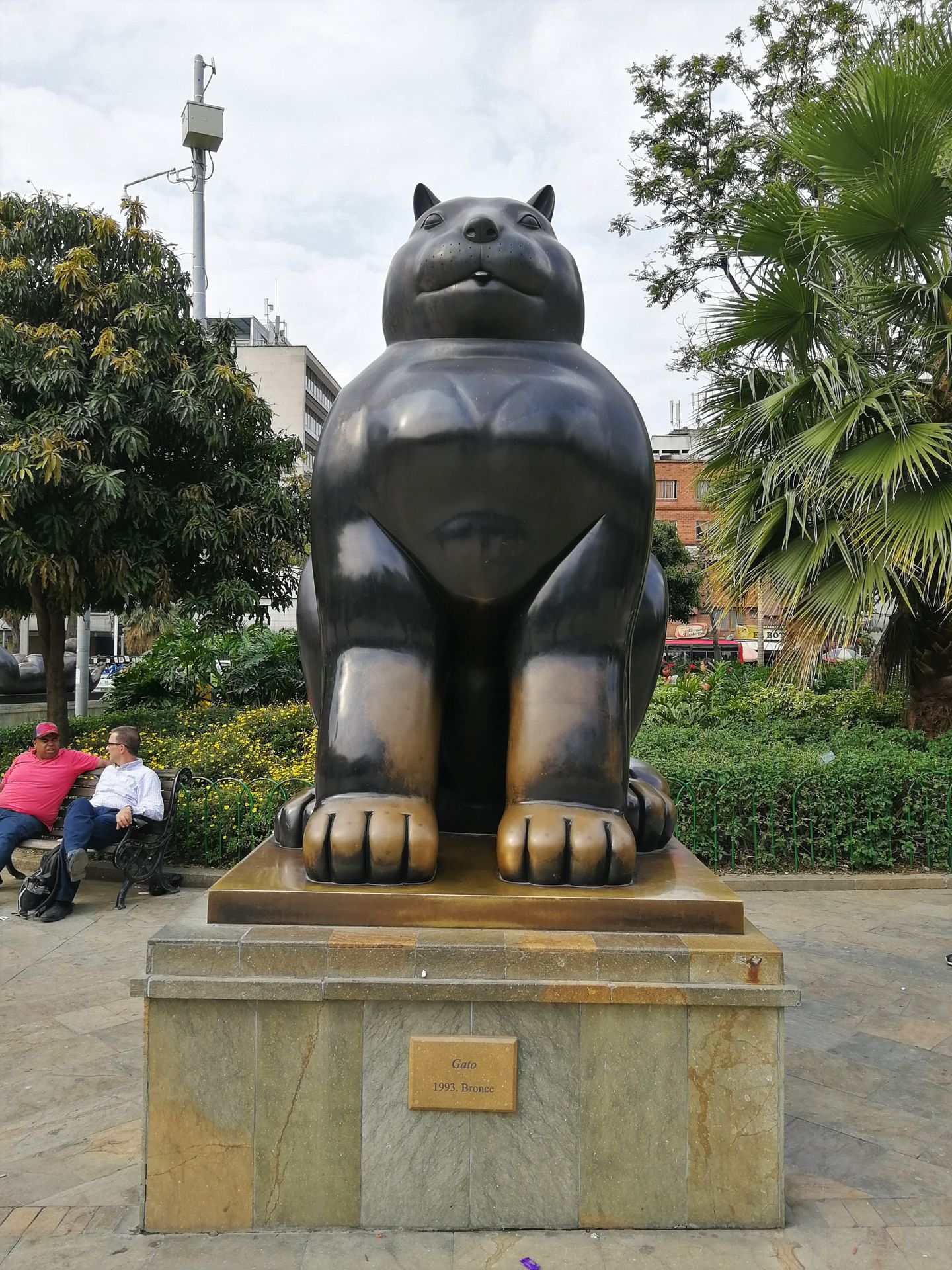
The following day, after breakfast, we went on a day trip to the nearby lake region. From the northern bus terminal, we first went to the popular tourist destination 'Piedra del Peñol'. This is a huge rock that can be climbed using 659 steps, offering a wonderful view of the surrounding lake landscape. Unfortunately, our excursion fell on a Sunday, so we were far from the only ones with this plan. The traffic was very slow, and the road was winding - so it took us two and a half hours to reach our destination. After a short workout climbing the steps, we found a suitable spot to catch our breath and enjoy the view.
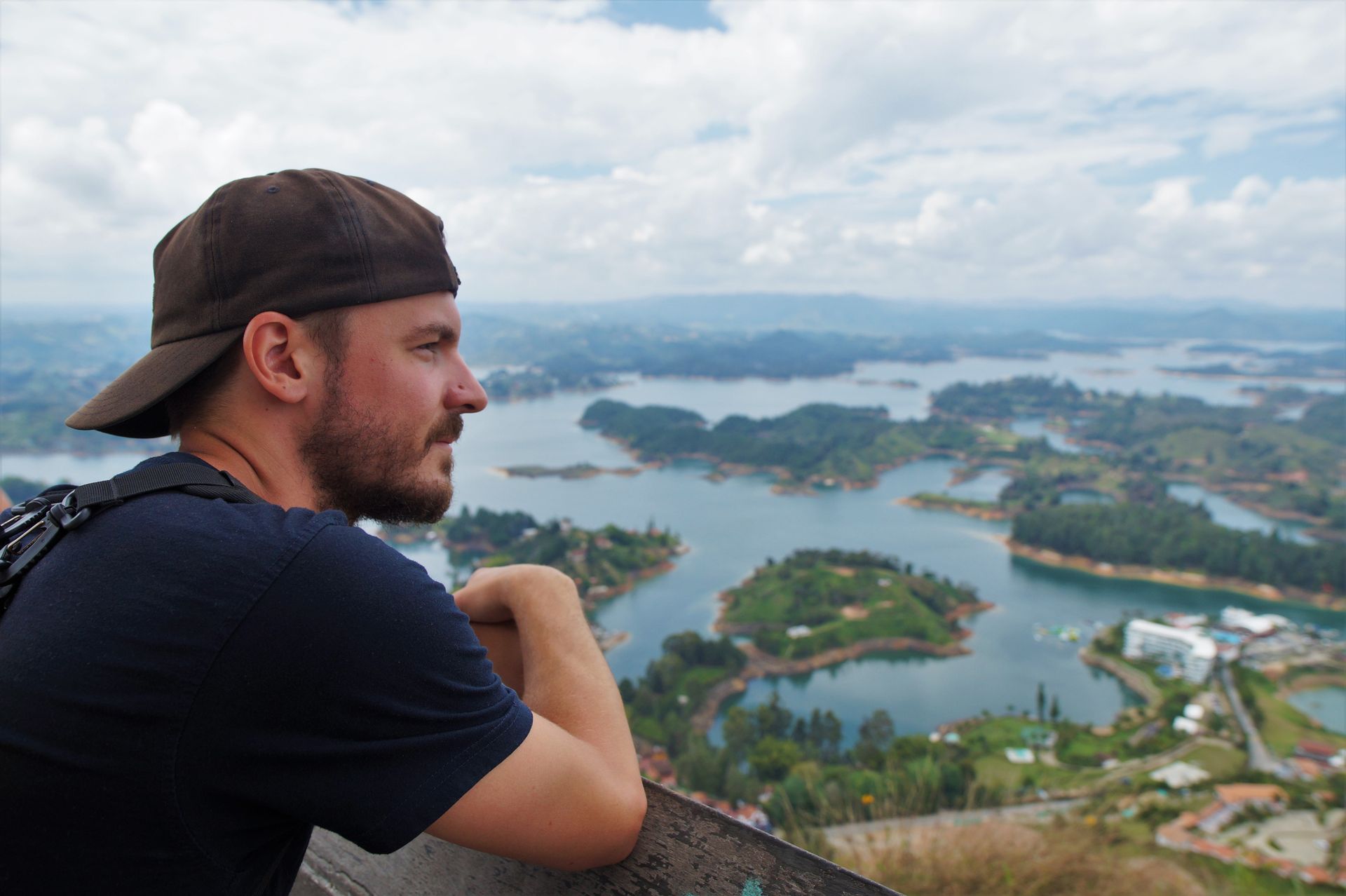
After a short photoshoot, it was time to go back down. We took a mototaxi to the nearby town of 'Guatapé' to go to a restaurant. It was already lunchtime, and we were hungry. Afterwards, we strolled through the town center, and Emi satisfied some shopping needs.
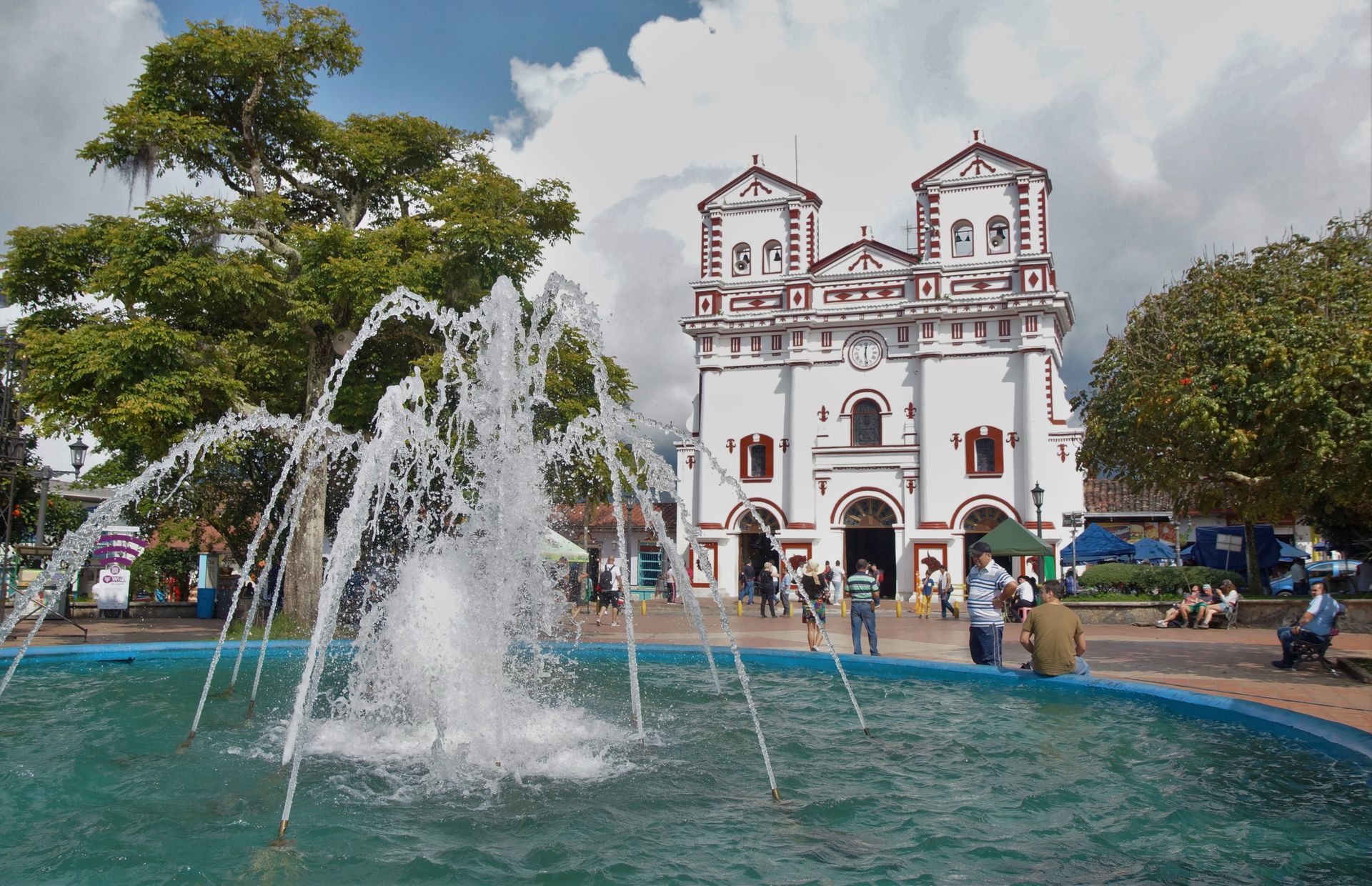
The town is beautiful and is considered the most colorful town in Colombia. All the houses are artistically decorated and painted in all sorts of colors. The only downside was the many people constantly walking through the photo opportunity. Guatapé is popular not only with tourists but also with Colombians from Medellin and the surrounding cities, who like to spend their weekends in this picturesque little town. In the early afternoon, we took a bus back to Medellin. In total, we spent five (!) hours on the bus for this outing.

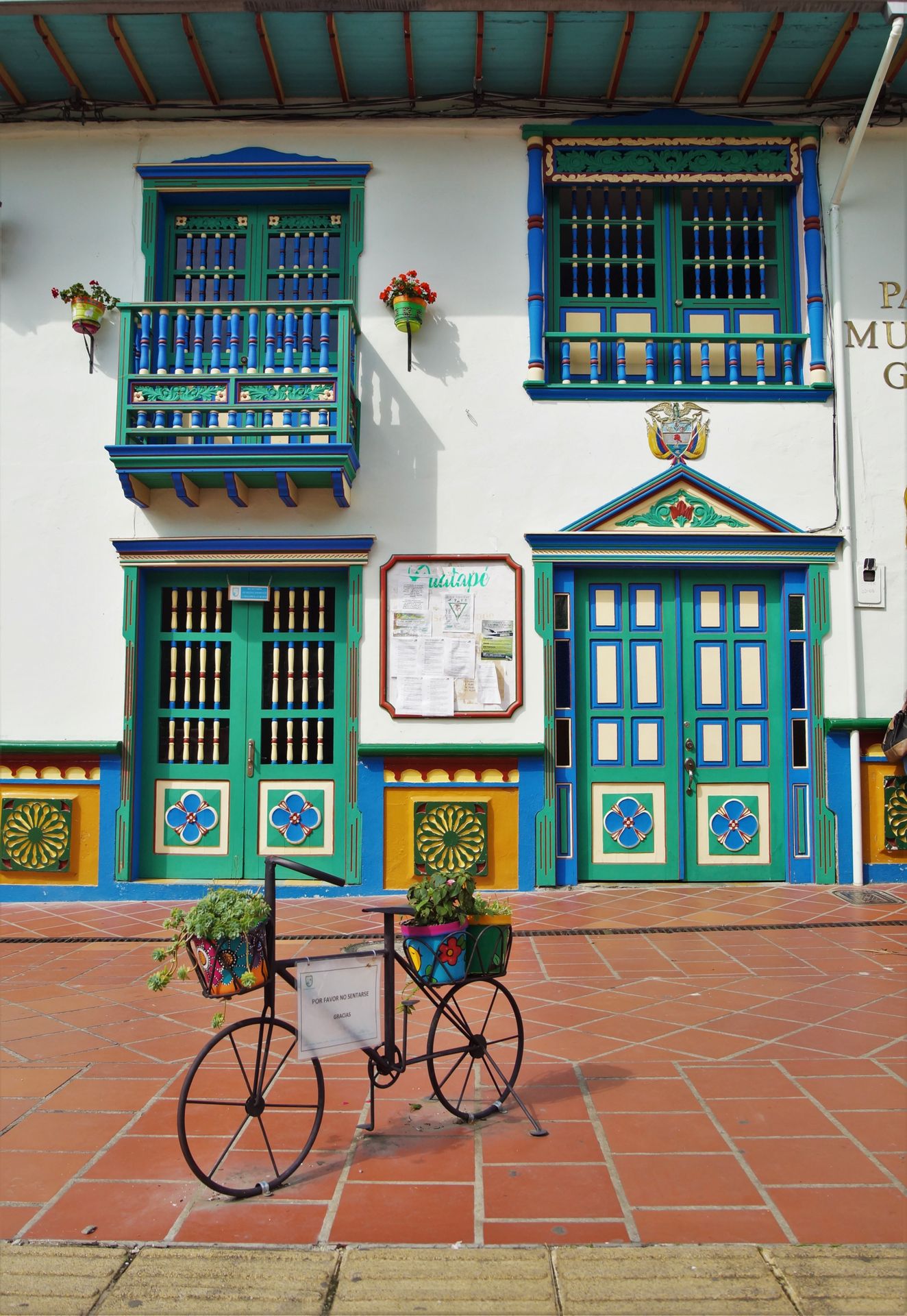

Conclusion:
Medellin is a city that we liked very much. We had different expectations and were pleasantly surprised. Our neighborhood contradicted all the preconceived notions of a dangerous South American city. It was really nice to stroll through a hip neighborhood again. Additionally, we had a hot shower in our hostel room for the first time in Colombia - you can't imagine how nice that can be! Besides the modern and innovative neighborhoods, there are still impoverished areas that one should avoid alone. However, with guided tours, you can get a good insight into real life in Medellin.
With the numerous activities available around the city, Medellin is definitely a must-do for any trip to Colombia! If possible, it's advisable not to visit Guatapé on the weekend! :)
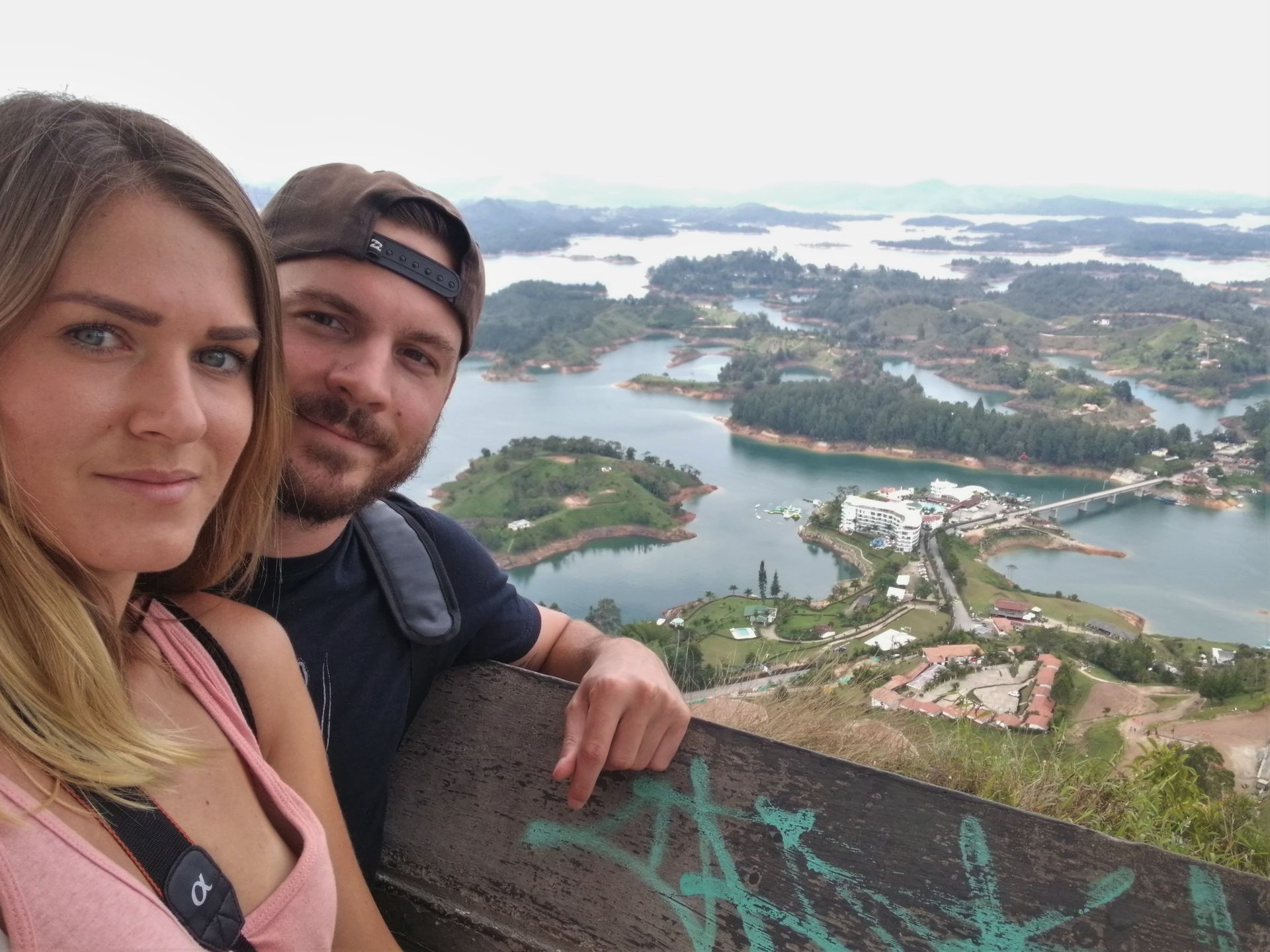
Hasta pronto!
E&L
>> Next stop: El Valle <<
Haberlere kayıt ol
Cevap
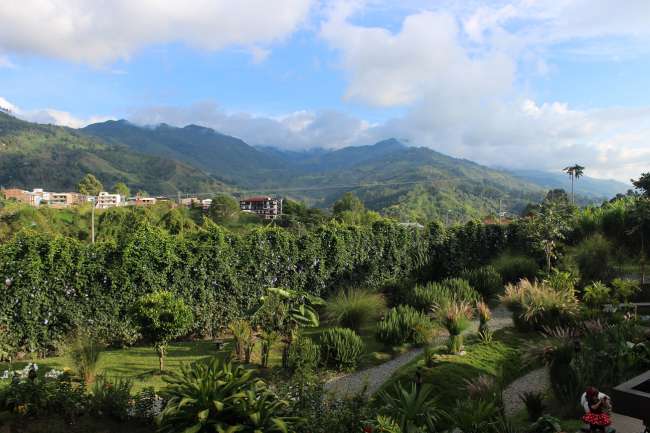
Seyahat raporları Kolombiya
